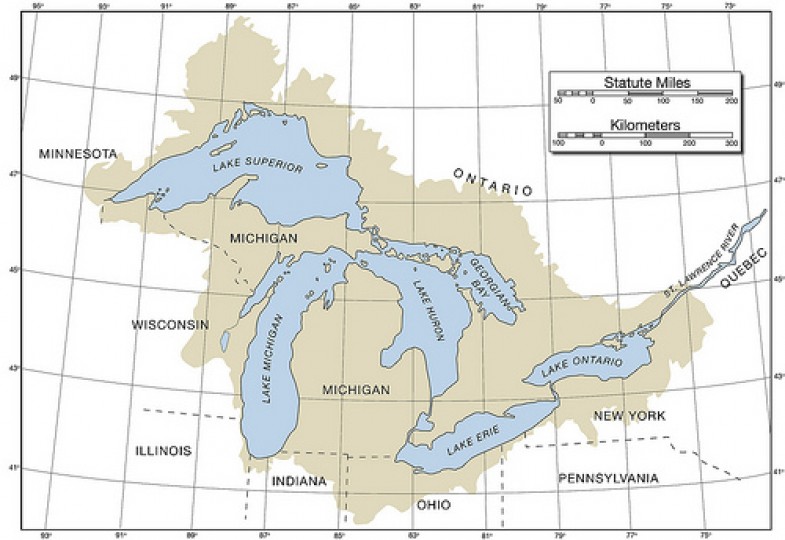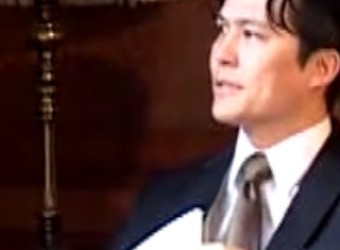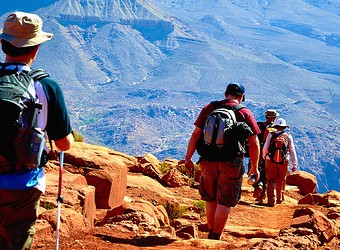Imagine the Great Lakes as shared waters cared for and protected by the entire region’s community. That’s the vision of the Great Lakes Commons, which has recently launched its new website.
Members are people from Indigenous Nations, Canada and the U.S. The organization officially introduced its Great Lakes charter at a virtual meeting of nearly 60 people on June 19. You can watch a video of the event here and add your name here as a Great Lakes Commons supporter.
“Creating a social charter for the Great Lakes will engage people and communities around the bio-region in laying the foundation for a Great Lakes Commons-– all of us have a right to care and a role to play in creating a new future,” said Alexa Bradley, program director of On the Commons and co-director of the Milwaukee Water Commons. “The charter will gather the beliefs and commitments of the different peoples of the bio-region, and by doing this, we will be asserting the legitimacy of these ideas and our role in shaping the governance for our lakes.”
The charter consists of a declaration and call to action as well as a section for community responses. “We will gather these over time and they will reflect the collected wisdom of people living in the bio-region about the care of the waters,” said Bradley. “We intend them to serve as a tool as communities work to care for their waters, set good policies and practices, address threats, teach responsible behavior.”
The Great Lakes Commons is a grassroots organization that started five years ago when On the Commons hosted a gathering of environmental justice activists, indigenous leaders, public trust advocates and others concerned about the Lakes.
Since then, it has developed the Great Lakes Commons map. The map's creator and coordinator, Paul Baines, a resident of Canada, says it collects stories as text, photos, videos, links and audio files from those who live in the region.
“We’re working on the Great Lakes issue and trying to see it differently, and maps have always played an important role in our perception of things,” said Baines. Anyone is able to go to the virtual map and share their story about how they are connected to the Great Lakes. With each addition, another mark is made on the map, allowing others to click and access the story.
“The charter, like the commons map, is another attempt, another method of practicing looking at the Great Lakes as a commons,” said Baines. “What the charter is doing is it’s laying out a different kind of agreement than what we have right now.”
The initiative is multi-faceted, bringing the indigenous nations and others living in the region into the decisionmaking process. That’s really where the power is, said Ricardo Levins Morales, the group’s cultural organizer.
“Government agencies, places like that, just reflect power,” he said. “They don’t generate it. It’s the moon versus the sun. You can do a lot by moonlight, but it’s not creating its own light. It’s reflecting it. So that if you want to do things, if you want to get government agencies or corporations or anyone that offensively holds power to do anything, you have to create enough sun power on the outside that it gets reflected in those spaces.”
Baines said people need to recognize their responsibility for the region. “The government doesn’t own these resources or doesn’t own these lands or whatever,” he said. “They are governing them on our behalf. And if we don’t feel as if our needs are being incorporated into that decisionmaking, then we need to…really figure out how to energize ourselves.”
The new charter was drafted to embrace this concept. By “doing so we are able to ensure that the lakes will thrive in perpetuity and generations to come can depend on them for life and well being,” Bradley said.
There have been collaborative agreements over the past 100 years looking at shared governance of the Great Lakes, she said. The commons approach is something new.
“The ideal is for people to sort of start opening up to the idea there is actually an alternative being built,” Baines said.
Excerpted from the Great Lakes Echo, a wide-ranging online publication about the Great Lakes published by the Knight Center for Environmental Journalism at Michigan State University. To see more of Heather Hartmann's worik, click here.






